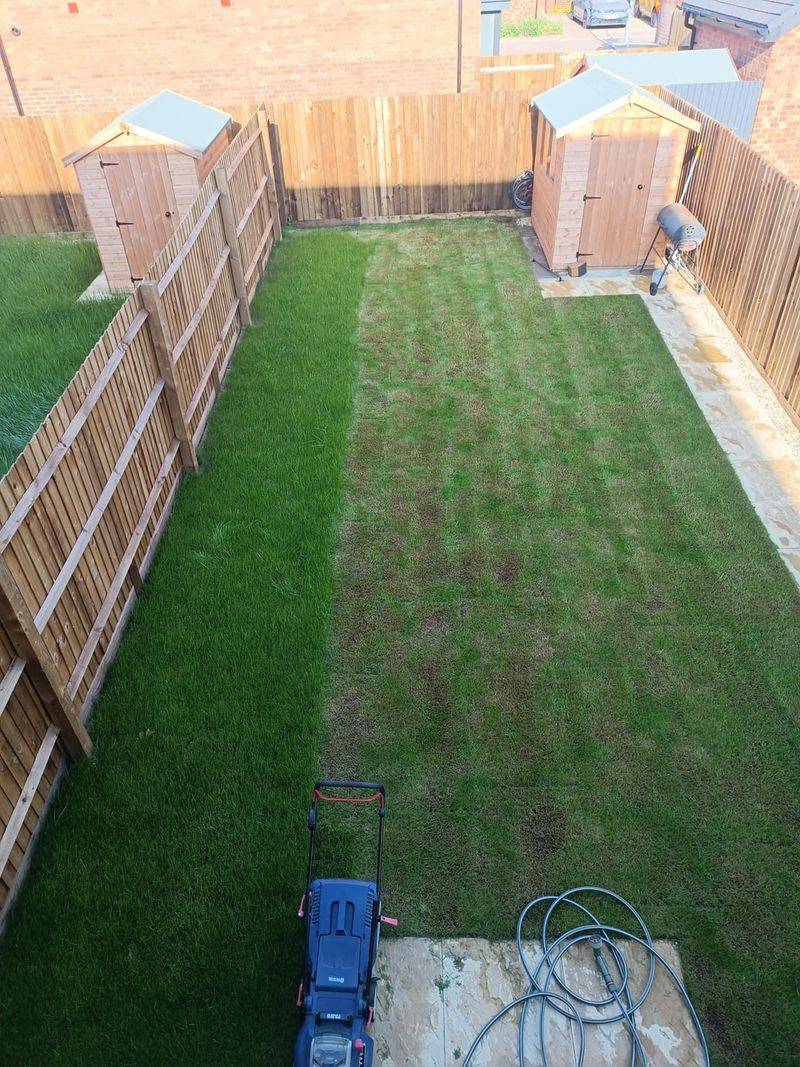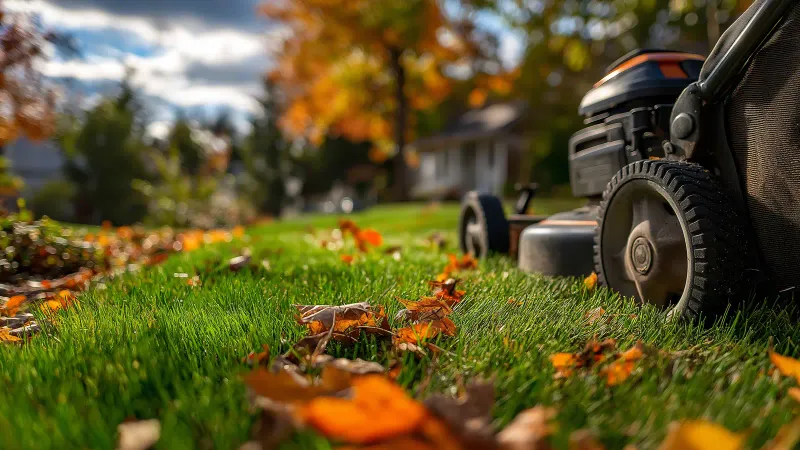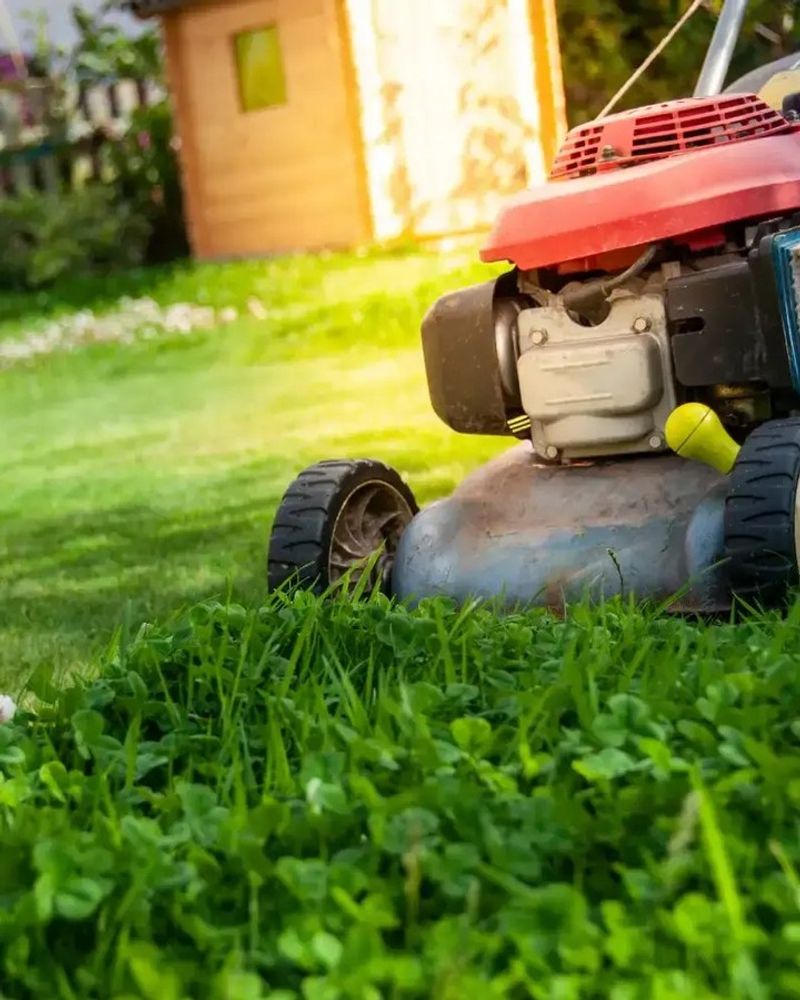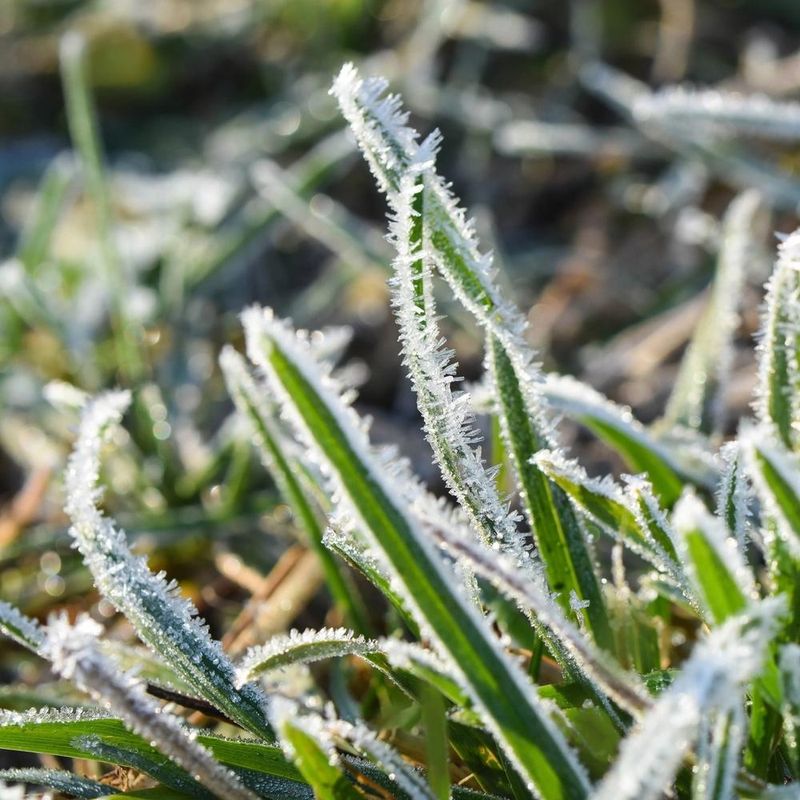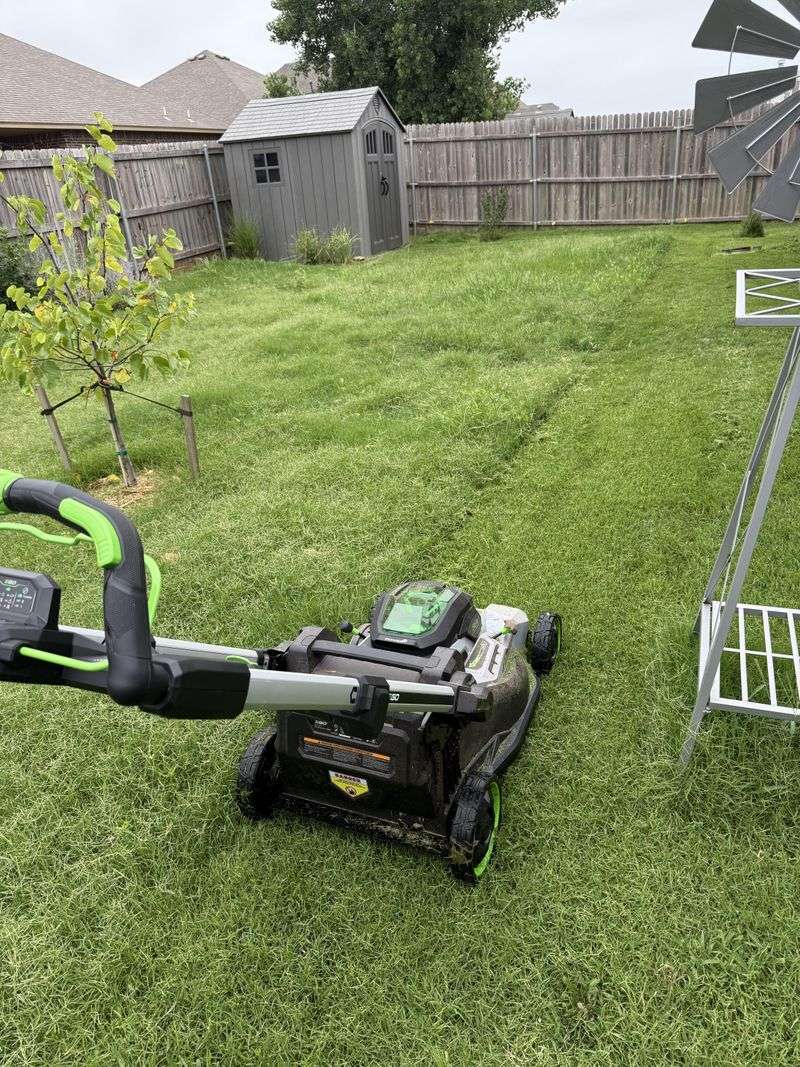As fall arrives in Ohio, knowing when to put away the mower can save your lawn from winter damage. Getting the timing right helps your grass stay healthy and strong through the cold months ahead.
Many homeowners make the mistake of stopping too early or mowing too late, which can hurt their yard’s chances of bouncing back in spring.
1. Watch The Temperature Drop Below 50 Degrees
Once temperatures consistently stay below 50 degrees Fahrenheit, grass growth slows down dramatically. Your lawn enters a dormant phase where it barely grows at all.
Keep an eye on daily weather forecasts throughout late October and November. When nighttime temperatures regularly dip into the 40s and daytime highs hover around 50, your grass is telling you it’s almost done growing for the season.
Most Ohio lawns reach this point between mid-November and early December, depending on where you live in the state.
2. Stop When Grass Growth Becomes Noticeably Slower
Your lawn will give you clear signals when it’s ready for a break. Instead of growing an inch or two every week like it does in summer, fall grass might only grow a quarter-inch in the same time period.
Pay attention to how often you actually need to mow. If you’re going two or three weeks without needing to cut, that’s nature’s way of saying the growing season is winding down.
Trust what you see rather than sticking to a rigid schedule that doesn’t match your lawn’s actual needs.
3. Keep Mowing Until Late November In Most Ohio Areas
Thanksgiving week often marks the unofficial end of mowing season across Ohio. Northern parts of the state near Cleveland and Toledo might finish earlier, while southern regions near Cincinnati could continue a bit longer.
Your specific location within Ohio matters quite a bit. Lake Erie’s influence keeps northern coastal areas slightly warmer in fall, while Appalachian foothills in the southeast experience earlier freezes.
Check your local frost dates and plan accordingly, but late November is a safe general target for most Ohio homeowners.
4. Make Your Final Cut At 2 To 2.5 Inches High
Getting the right height for your last mow protects your grass through winter. Cut too short and you expose the crown to freezing damage and disease. Leave it too long and you invite snow mold and pest problems.
Two to two-and-a-half inches is the sweet spot for most Ohio grass types. Measure with a ruler if you’re not sure your mower is set correctly.
That perfect height allows enough blade to protect roots while preventing matting under snow cover.
5. Continue Mowing If Warm Weather Returns Unexpectedly
Ohio weather can be unpredictable, throwing warm spells into December some years. If temperatures climb back into the 60s and your grass starts growing again, don’t hesitate to mow one more time.
These surprise warm periods can trigger new growth that needs trimming before the next cold snap arrives. Going into winter with overgrown grass creates more problems than it solves.
Stay flexible and let current conditions guide your decisions rather than following a calendar date religiously.
6. Avoid Mowing Frozen Or Frost-Covered Grass
Walking on or mowing frozen grass causes serious damage to the delicate blades. When grass is frozen, the cell walls become brittle and break easily under pressure from mower wheels and your footsteps.
Morning frost might look pretty, but it signals you should wait until afternoon when things thaw out. Damaged grass blades turn brown and create weak spots that struggle to recover in spring.
Always wait for frost to melt completely before doing any lawn work during fall’s final weeks.
7. Clean And Store Your Mower After The Final Cut
Once you’ve made that last pass across your yard, proper mower maintenance sets you up for success next spring. Remove grass clippings from the deck and sharpen the blade so it’s ready when April arrives.
Drain old fuel or add stabilizer to prevent gumming up the carburetor during winter storage. Change the oil and clean or replace the air filter while everything is fresh in your mind.
Taking thirty minutes now saves hours of frustration when you’re eager to start mowing again next year.



